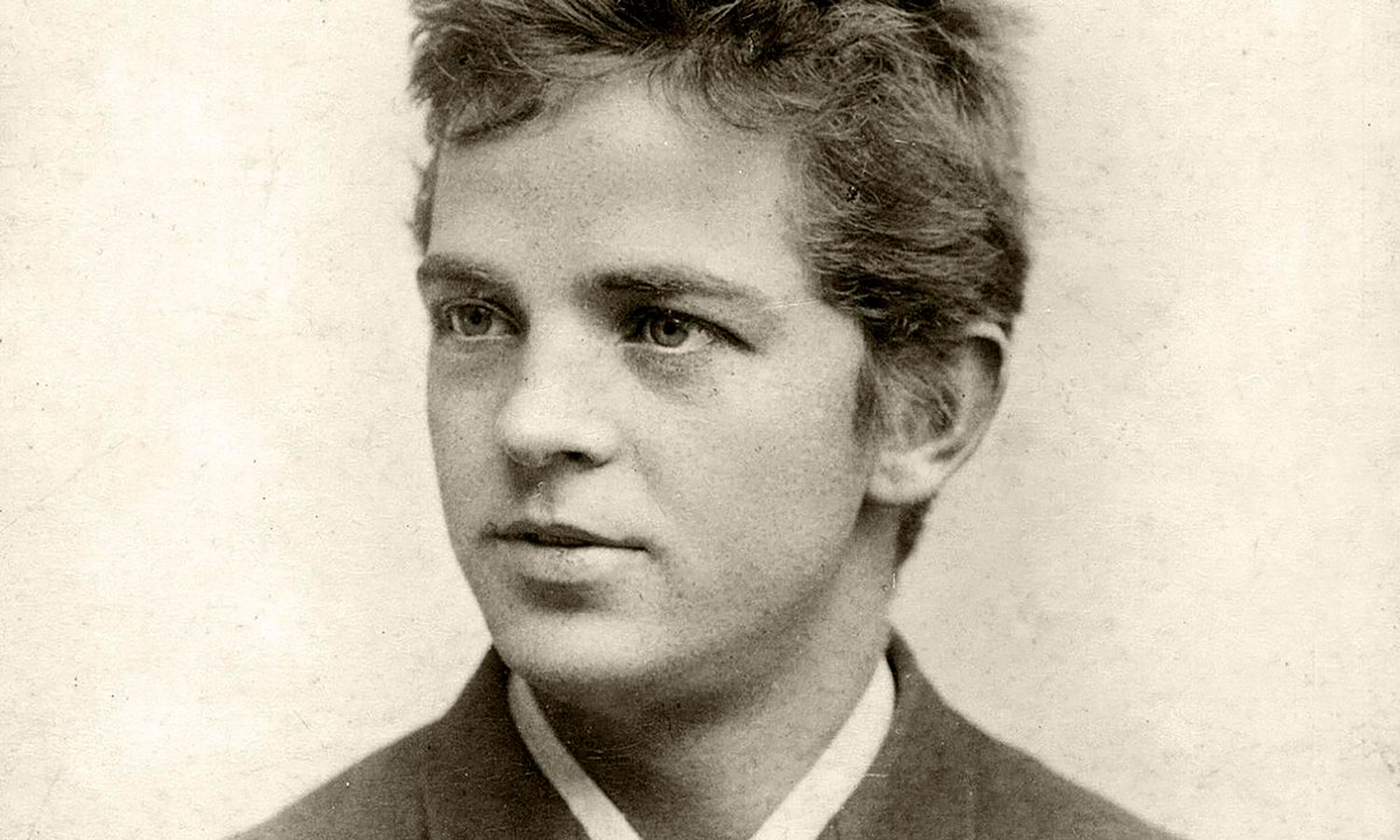Years of crisis
The Carl Nielsen scholar Torben Schousboe (b. 1937) is the only outsider to have had access to all existing material concerning the marital life of Carl Nielsen and Anne Marie Carl-Nielsen. This is how he describes the crisis that set in:
“As time went on, and most clearly in 1914 and during their trip to Norway in January 1915, AMCN realised that CN found it difficult to resist other women’s propositions, especially during her often long stays away from home. In such periods he had to resort to the company of friends and acquaintances; and with his extrovert character and obviously naive judgment of people he was not always able to set a timely limit to human contact… AMCN fully respected CN as an artist, but her confidence in him as a person and a husband was by then vitally threatened. As early as 1905 they had gone through a similar crisis, but it had been overcome. Now, however, AMCN could take no more, and in the years following 1915 both spouses tried gradually to become less dependent on each other… In long periods CN had to stay away from home, which legally was AMCN’s artist’s residence; more than ever Damgaard and Fuglsang became true refuges for him; likewise, it is against this background that we must interpret his conducting activity in Gothenburg between 1918 and 1922. CN and AMCN started separation proceedings in 1916, and on 26 September 1919 the Copenhagen Prefect’s office granted them separation by mutual consent.”
Torben Schousboe’s notes in his edition of Carl Nielsen’s Diaries and Correspondence with Anne Marie Carl-Nielsen (Gyldendal, 1983) include further details about their relationship, including a more detailed reference to Carl Nielsen’s two illegitimate children, his son Carl August Nielsen (b. 1888, originally baptised Hansen after his mother), who had been born in Carl Nielsen’s student years and whom Anne Marie had offered to adopt; and his daughter Rachel Siegmann (b. 1912), about whose existence Anne Marie presumably knew nothing.
There was a professional crisis as well. Although Carl Nielsen had tried to protect himself with a very detailed contract, his position as conductor at the Royal Theatre soon caused him more trouble than satisfaction. Frederik Rung was quite often ill, and he apparently did not much appreciate Nielsen’s interpretations either. This caused friction when they had to take over performances from each other.
At the same time a competitor had emerged – and a competent competitor at that, whose career advanced in much the same way as Nielsen’s had done. Georg Høeberg (1872-1950) had also been a second violinist in the Chapel Royal Orchestra. He too was a composer and conducted at the Royal Theatre for the first time when his opera “Et Bryllup i Katakomberne” (A Wedding in the Catacombs) was produced during the 1908-09 season. But, unlike Nielsen, Høeberg would visit the bed-ridden Rung to go through the relevant scores with him, and then attempt to realize the principal conductor’s intentions.
The management was therefore in a tight corner when, during the 1912-13 season, serious disagreements arose between the bed-ridden Rung and Carl Nielsen. In the light of a certificate from Rung’s doctor, the management eventually felt compelled to take a new production of Wagner’s “Tristan and Isolde” out of Nielsen’s hands and postpone the performance. Høeberg had been appointed acting conductor, and when Rung died in January 1914 it was natural to appoint him permanently. After an attempt at negotiations the management decided to make Nielsen and Høeberg conductors on an equal footing. But “Tristan and Isolde” was given to Høeberg, who, at the end of the dress rehearsal, received the traditional Danish/Scandinavian musical ‘hurrah’, an [impromptu] fanfare in D major, from members of the orchestra.
Carl Nielsen, in frustration over the management’s course of action, resigned with effect from the end of the season. He claimed, without any real basis, that he had heard of Høeberg being appointed on the same footing as him through the press and not directly. He gave his last performance on 30 May 1914, when “La Bohème” was performed as a benefit – though not for Nielsen’s benefit, for he was now without a regular job.
A new prestigious, but economically less beneficial, job opportunity would soon turn up, however. It may be argued, though, that when Nielsen succeeded the late Franz Neruda (1843-1915) as leader of the Copenhagen Music Society in 1915, this venerable institution in Danish concert life had already lost some of its leading status. It had been founded in 1836 and had started its concert activities the following year. In 1850 Niels W. Gade, returned from Germany in 1848 at a time of political crisis in Denmark, took over the leadership – a post he kept until his death in 1890 which gave him colossal influence on Danish musical life.
For his first concert Nielsen wrote the music for In memoriam, a prologue for recitation and orchestra in memory of Neruda, and later on in the season he programmed the first performance of his Fourth Symphony.
Carl Nielsen had begun to formulate ideas for a new symphony before he left the Royal Theatre. At the beginning of May 1914 he wrote to his wife (who was in Celle to sculpt the horse for the equestrian statue of Christian IX):
“I have an idea for a new composition, which has no programme but will express what we understand by the spirit of life or manifestations of life, that is: everything that moves, that wants to live … just life and motion, though varied – very varied – yet connected, and as if constantly on the move, in one big movement or stream. I must have a word or a short title to express this; that will be enough. I cannot quite explain what I want, but what I want is good.”
The idea of one big work without separate movements is said to have come from Liszt’s great piano sonata in B minor, which his friend Henrik Knudsen had played for him.
The programme on 1 February 1916 at the Music Society was exclusively Danish and included Kunzen’s overture for the opera “Erik Ejegod,” J. P. E. Hartmann’s “Prophecy of the Sybil” and Niels W. Gade’s Holy Nightbefore the interval; Nielsen’s new symphony was the only item in the second half.
He subtitled his symphony The Inextinguishable and provided it with an explanatory foreword which was printed in the programme. It is built up around an apophthegm, which he managed to formulate with some difficulty: “Music is Life, and inextinguishable like it.”

